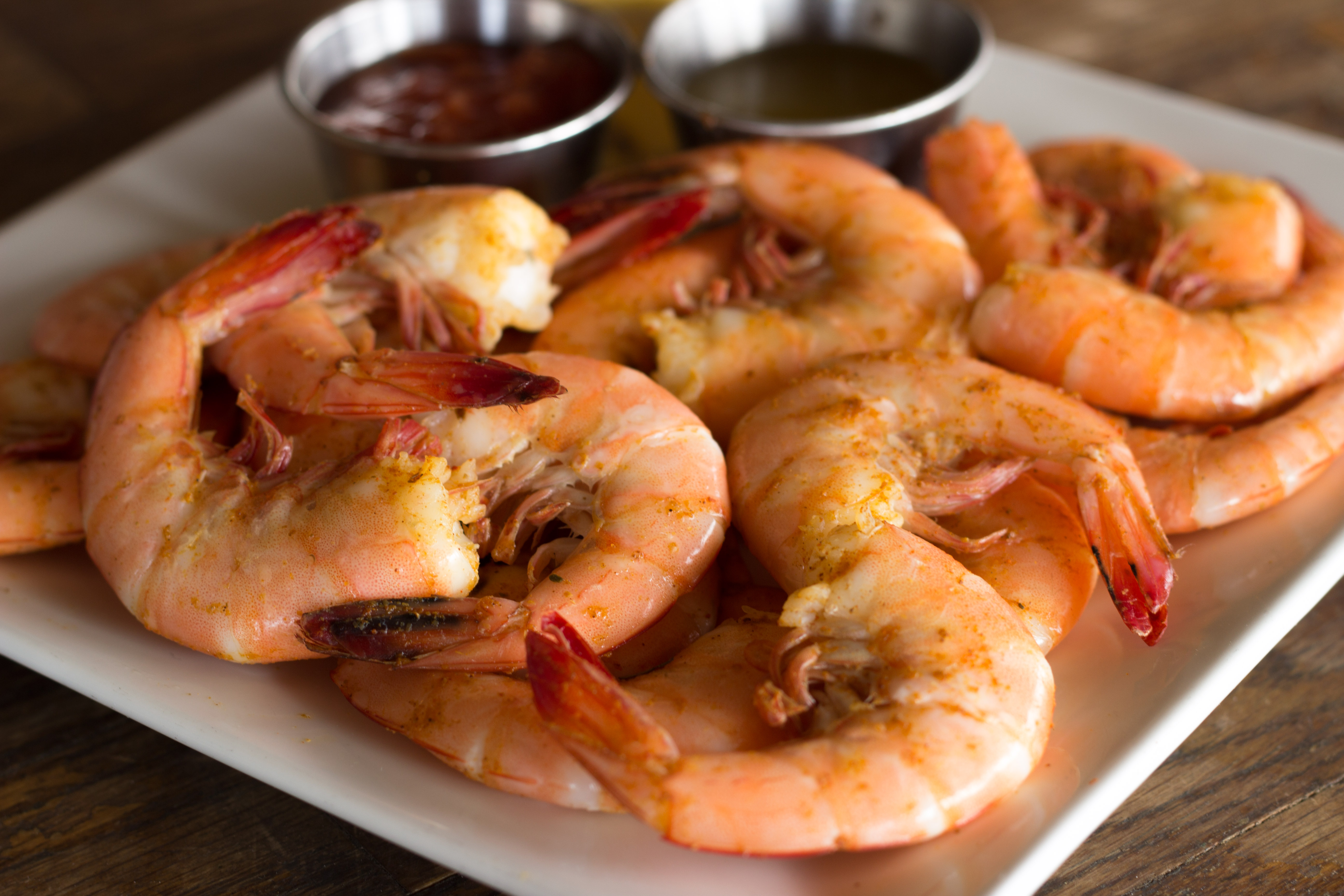Listen up seafood lovers! I’ve been researching shrimp processing methods for our blog, and honestly, some of what I found ain’t pretty But knowledge is power, right? Let me break down everything you need to know about how those little crustaceans end up on your plate.
The Most Common Shrimp Killing Methods
1. Asphyxiation (The Slow Way)
- Takes 1-2 hours to kill shrimp
- Involves sealing shrimp in containers without oxygen
- Super common in industrial farming
- Shrimp panic and thrash around trying to breathe
- Not gonna lie – it’s pretty brutal
2. Quick-Freeze Method
- Faster than suffocation (usually minutes)
- Uses ultra-cold temps around -31°F
- Less suffering but still painful
- Ice crystals form in their tissues
- Most processors skip stunning first to save $$$
3. Boiling Alive Method
- Traditional cooking method
- Drop live shrimp in boiling water
- Causes extreme heat shock
- Still used lots in Asian cuisine
- Many chefs are moving away from this
4. The Humane Option: Ikejime
- Japanese technique using precise spike
- Targets nerve center behind eyes
- Death within seconds
- Preserves meat quality
- Requires special training
- Rarely used commercially
Why Should We Care?
Here’s the thing – research shows shrimp likely feel pain and distress They
- Remember unpleasant experiences
- Try to avoid things that hurt them
- Show signs of stress when handled roughly
- Have complex nervous systems
The Chemical Problem in Shrimp Farms
We can’t ignore this nasty side of industrial farming
- Heavy antibiotic use
- Pesticides in ponds
- Chemical disinfectants
- Environmental damage
- Possible health risks
What’s Being Done About It?
Some positive changes are happening:
- New Zealand banned cruel killing methods
- Some states now have welfare laws
- Research into better stunning techniques
- Growing consumer awareness
Promising New Methods Being Tested
Scientists are working on better ways:
- Electrical stunning systems
- Mechanical crushing devices
- Tannic acid sedation
- Low pressure stunning
What Can You Do?
If you’re concerned about shrimp welfare:
- Ask where your shrimp comes from
- Look for sustainable certifications
- Support sellers using humane methods
- Consider reducing consumption
- Spread awareness
The Bottom Line
Listen, I ain’t trying to make anyone feel guilty about eating shrimp. But we should know what’s happening behind the scenes. Most commercial methods focus on speed and profit over welfare. Until better practices become standard, it’s up to us consumers to push for change.
Tips for Buying Better Shrimp
- Check for ASC or BAP certifications
- Buy from sellers who disclose their methods
- Support local fisheries when possible
- Avoid heavily processed options
- Be willing to pay more for humane practices
FAQs About Shrimp Killing
Q: How long do shrimp suffer during suffocation?
A: It can take 1-2 painful hours before death occurs.
Q: Is frozen shrimp more humane?
A: Quick-freezing is better than suffocation but still causes distress.
Q: Do all countries have shrimp welfare laws?
A: Nope! Many countries have zero regulations about this.
Q: What’s the absolute most humane method?
A: Proper ikejime technique with instant brain destruction.
Y’all, this topic ain’t pretty, but it’s important we understand what’s happening in the seafood industry. The more we know, the better choices we can make. Got thoughts about this? Drop ’em in the comments – I’d love to hear your take on humane shrimp processing.
Remember, being informed doesn’t mean you gotta give up shrimp – it just means making more conscious choices about where your food comes from. Stay curious, my foodie friends!
[Note: This article reflects current industry practices as of 2024. Methods and regulations may change over time.]
Would you like me to explain or break down any part of this article further?

Why is it important?
- Shrimp sentience has been established in scientific literature and recognised in legislation in various jurisdictions.
- Consumers all over the world are increasingly demanding higher welfare standards for animal products (See Shrimp Welfare Project’s report on Consumer Attitudes Towards Shrimp Welfare). Therefore, retailers are actively working to improve the welfare of animals in their supply chain to better meet customer expectations.
- A number of forward-thinking retailers, like Tesco, Marks & Spencer, Sainsburys, Waitrose / John Lewis Partnership, Ocado, Albert Heijn, Co-op, Morrisons, and Iceland have already made public commitments to using electrical stunning in their farmed shrimp supply chains. We expect the group of welfare-conscious retailers to continue to increase dramatically in the coming years.
- Experts on crustacean and shrimp welfare consider electrical stunning the most humane stunning pre-slaughter practice currently available for shrimps. It is more effective and significantly faster than immersion in ice slurry and asphyxia in rendering shrimps unconscious before slaughter.
- Electrical stunning equipment is a significant investment for shrimp producers, particularly in the current market environment. On the other hand, we are convinced that electrical stunning will inevitably become a standard practice in harvest and slaughter of farmed shrimps.
What is the initiative?
By joining this initiative, producers will receive their first electrical stunner, enabling them to significantly improve shrimp welfare on their farms, provided they commit to stunning at least 1,800-2,000 metric tons of shrimp annually. The programme has shown the feasibility of humane slaughter across a number of regions, contexts and different farming systems globally, helping producers lead the way in setting new standards for ethical practices in aquaculture.
